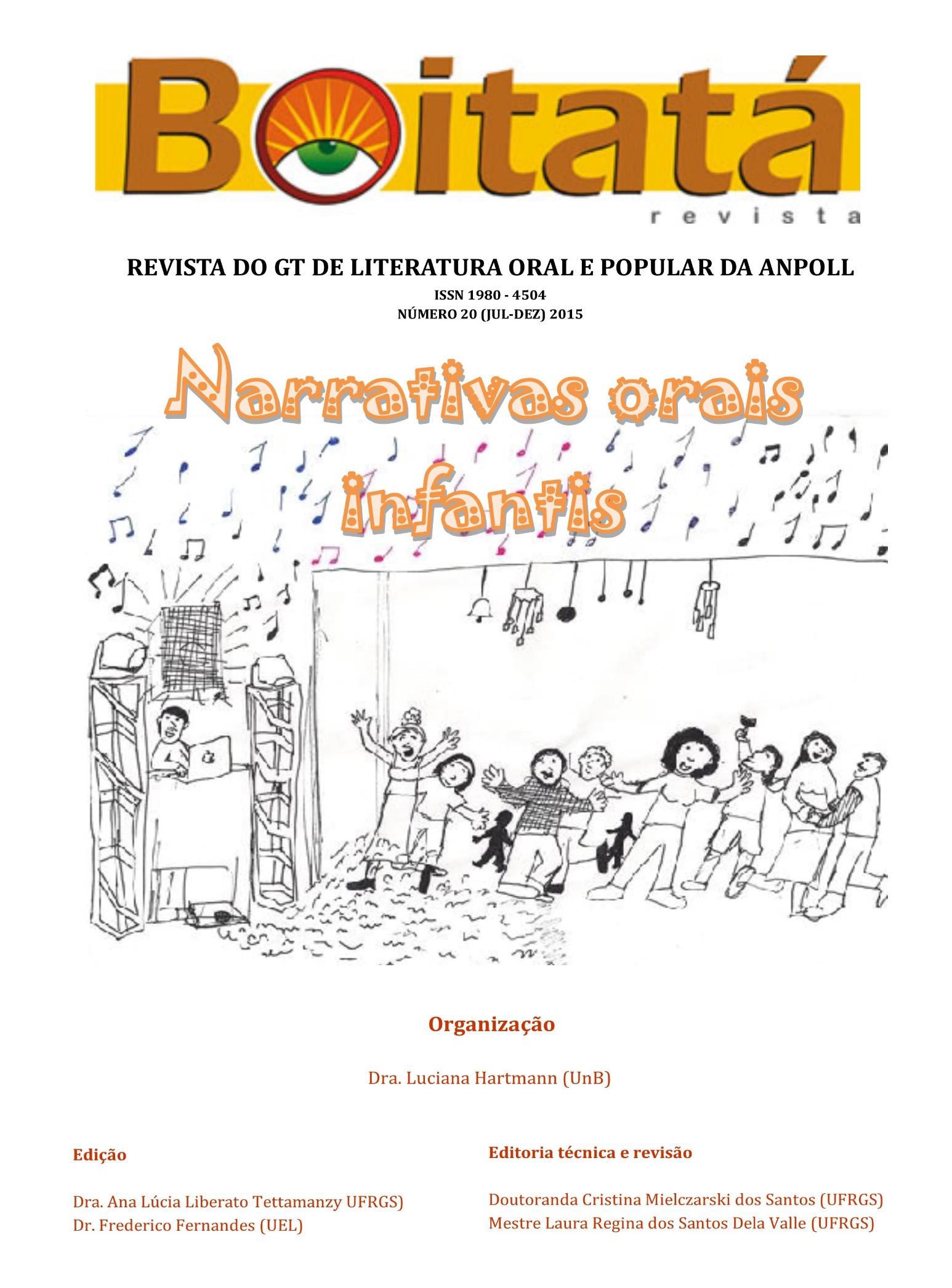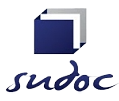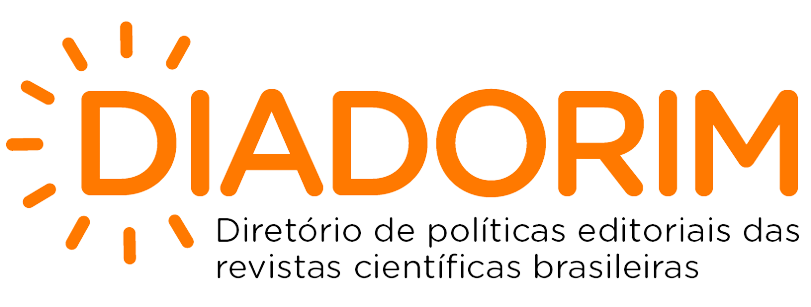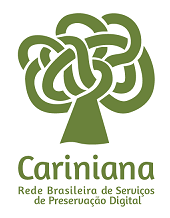Wheel, child and history: compositions of child authority
DOI:
https://doi.org/10.5433/boitata.2015v10.e31476Keywords:
Children's authorship, Kid, Narrative production, Stories wheel,Abstract
This article seeks to discuss the concept of child authorship, taking as a reference a repertoire of oral narratives produced in the context of a research that involved storytelling circles with children between five and six years old, who studied in the first year of elementary school in a public school. THE objective was to know and understand the narrative production processes of children in the school space and, thus, to think on how to encourage them to tell stories in such an environment. Based mainly on the Bakhtinian theory, the dialogical relationship was addressed in the language established in the story wheel. An example of this are some narrative Productions oral statements that highlight the self and the other in the children's statements, which are understood here as links in the text with the world of life. It is also evident that the other's word served as a reference for the Productions children's oral presentations, which leads us to emphasize that the child, when telling a story in the circle, creates and recreates their oral productions to define them as their stories and thus establish their authorship.
Downloads
References
BAKHTIN, Mikhail. Estética da criação verbal. Tradução de Paulo Bezerra. São Paulo: Martins Fontes, 2003.
BARTHES, Roland. Introdução à análise estrutural da narrativa. In: Análise estrutural da narrativa. Tradução de Maria Zélia Barbosa Pinto. 2. ed. Rio de Janeiro: Editora Vozes Limitada, 1972.
BENJAMIN, Walter. Magia e técnica, arte e política. Obras escolhidas. São Paulo: Editora Brasiliense, 1994.
EGAN, Kieran. Por que a imaginação é importante na educação? In: FRITZEN, Celdon; CABRAL, Gladir (Orgs). Infância: imaginação e educação em debate. Campinas, SP: Papirus, 2007. (Coleção Ágere).
GREENE, Maxine. Multiculturalism, community and the arts. In: DYSON, Anne Haas; GENISHI, Celia. The need for story. New York: Teacher College Press, 1994.
JOBIM E SOUZA, Solange. Infância e linguagem: Bakhtin, Vygotsky e Benjamin. Campinas, São Paulo: Papirus, 2006.
KEARNEY, Richard. Narrativa. Revista educação e realidade. Porto Alegre, v. 37, n.2, maio/ago, 2012.
PERRONI, Maria Cecília. Desenvolvimento do discurso narrativo. São Paulo: Martins Fontes, 2002.
TFOUNI, Leda Verdiani. A dispersão e a deriva na constituição da autoria e suas implicações para uma teoria do letramento. In: SIGNORINI, Inês (Org.). Investigando a relação oral/escrito e as teorias do letramento. Campinas, SP: Mercado de Letras, 2001. p. 77-94.
VOLOSHINOV, V. N. Discourse in life and discourse in art (concerning sociological poetics). In: VOLOSHINOV, V. N. Freudianism. A marxist critique. New York Academic Press, 1976. Texto russo publicado em 1926. Tradução de Cristóvão Tezza para uso didático.
Downloads
Published
How to Cite
Issue
Section
License
Copyright (c) 2015 Boitatá

This work is licensed under a Creative Commons Attribution 4.0 International License.
Boitatá esta licenciada com CC BY sob essa licença é possível: Compartilhar - copiar e redistribuir o material em qualquer suporte ou formato. Adaptar - remixar, transformar, e criar a partir do material, atribuindo o devido crédito e prover um link para a licença e indicar se mudanças foram feitas.





















